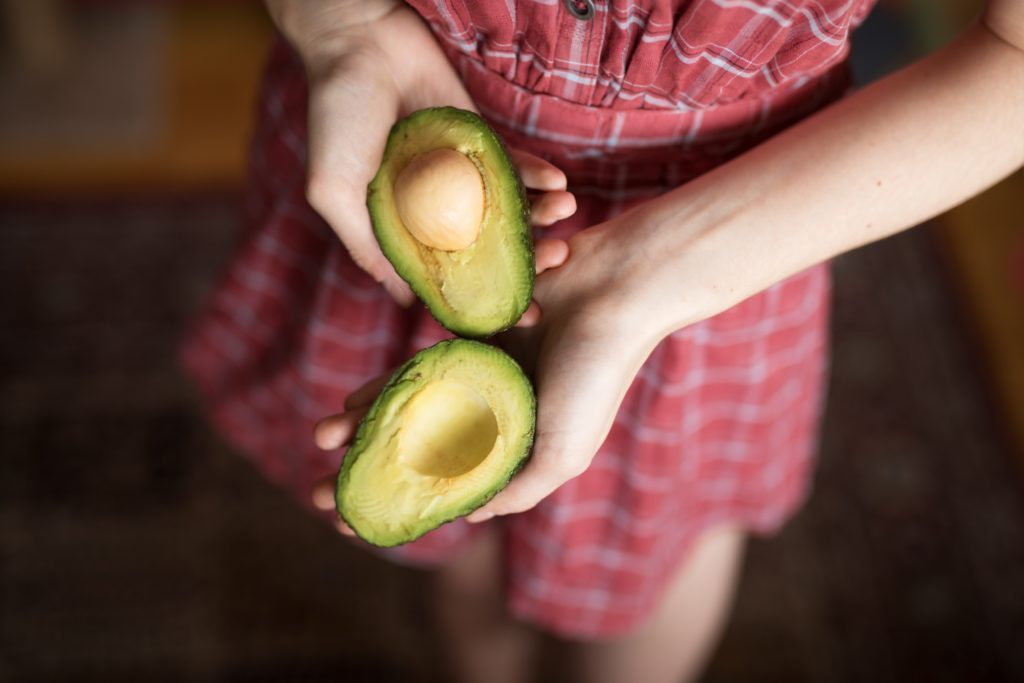All fields are required
Posted in Listeria,Our Blog,Salmonella on January 22, 2019

The FDA issued a report earlier this month warning consumers to wash the avocado properly before eating it after they found Listeria and Salmonella on the samples of avocado taken between 2014 – 2016. If you cut the avocado before washing it, the bacteria first gets transferred on the knife from the skin and then, to the creamy part of the fruit which you have been craving to have.
In the study, FDA found presence of Listeria monocytogenes in 18% of the avocado peels they tested. The same bacteria was present in the pulp of 0.24% of the avocados. The prevalence of Salmonella was found in 0.74% of the avocados. A total of 1615 samples of avocados were collected.
Even though the presence of salmonella is much less than Listeria, it is still a serious issue especially for high-risk individuals like pregnant women, children, elderly and those who have autoimmune disease. Both Listeria and Salmonella are one of the most common causes of foodborne outbreaks in US.
Foodsafety.gov, FDA’s blog has even recommended that you lightly scrub the hard skin of the avocado with a brush before drying it with a clean cloth or paper towel. You should wash your hands after washing the fruit. The Institute of Agriculture and Natural Resources at the University of Nebraska-Lincoln also recommends thoroughly washing avocado before peeling it, in their guide to peeling and pitting avocados.
Just like for avocado, you should wash other fresh produce too like oranges, mangoes etc. We generally tend to think that fruits and vegetables with hard skin can’t accumulate bacteria and the fruit inside is protected. But that’s not true. The peels can easily carry some harmful pathogens. When you are taking out the peel, the bacteria can easily enter the pulp through the knife when you are cutting it.
Additionally, FDA also suggested speedily disposing off the peeled skin of the fruit to prevent transferring the bacteria from the skin to other surfaces. So far there have been no illnesses or outbreaks related to avocados but it’s always best to be safe than sorry. Just last month, it was revealed that some food service establishments removed avocados from the menu due to environmental concerns. According to food mileage calculator, an average avocado travels 4402 miles before it reaches the consumers.
The love for avocado is ever-growing. We have come up with so many great ways to make it a part of our daily diet routine – even mixing it up in our favorite desserts is common now. Avocados are high in fat but most of it is heart-healthy monounsaturated fat. These fats are great for your overall health. Avocados are also loaded with other nutrients like Vitamin B6, Vitamin E, Vitamin C, fiber, potassium, magnesium and folate.
Before eating avocado, you need to make sure it is properly ripe. Place avocado in a plain brown paper bag at room temperature. It takes around 2 to 5 days before it becomes fully ripe to eat. If you want to speed up the process, place an apple along with the avocado in the paper bag. If you want to store a cut avocado, it is recommended that you sprinkle it with some lemon or lime juice or white vinegar and place it inside an airtight container in your refrigerator. You should eat it within a day or two.
If you are storing guacamole, it might turn brown during storage. You can discard the top brown layer in that case and eat the rest. To help prevent guacamole from changing color, put plastic wrap directly on the surface of the mixture before covering it. You can refrigerate it for around 2 days. If the guacamole recipe has lemon, lime juice or vinegar, it can also slow down browning.
Washing fruits and vegetables safely:
Having a variety of fresh fruits and vegetables as a part of your diet is healthy. It makes you feel energetic and can help in fighting a number of chronic diseases including cancer. It is recommended to have around 7 to 10 servings of fruits and vegetables daily, depending on your age. And just like it goes for every other food, we need to follow proper food safety guidelines before we get ready to indulge in it. When it comes to fruits and vegetables, here are some tips that you should follow:
FDA has already started to evaluate methods to reduce the microbial contamination of avocados and related products. The agency has already come up with a draft guidance and issued it to the concerned companies. They have also started working with food safety experts to come up with best practices that can reduce the contamination of avocado skin with Listeria monocytogenes and Salmonella.
By: Pooja Sharma, Contributing Writer (Non-Lawyer)